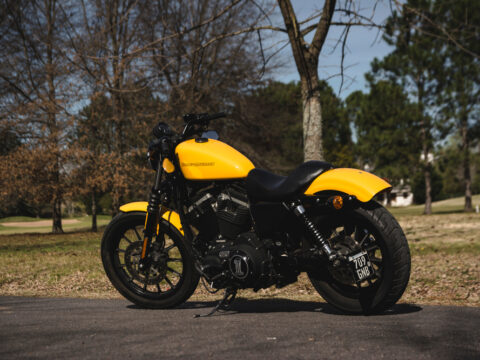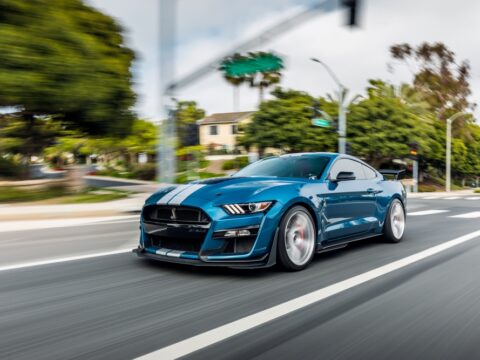The Dodge Charger has been an iconic name in the automotive world for decades, evolving from a classic muscle car to a modern powerhouse. Throughout its journey, there have been key moments that shaped its identity and solidified its place in car history. In this article, we’ll explore 18 pivotal moments that defined the evolution of the Dodge Charger, highlighting the changes that made it the legend it is today.
Contents
1966 Debut of the Dodge Charger

The Dodge Charger made its debut in 1966 as a mid-size fastback, instantly capturing attention with its bold styling and powerful engine options. Designed to compete in the growing muscle car market, the Charger offered a range of V8 engines, including the 426 HEMI, making it a force to be reckoned with on the street and track. Its sleek lines and aggressive stance set the tone for what would become one of the most iconic names in automotive history.
1968 Introduction of the Second-Generation Charger
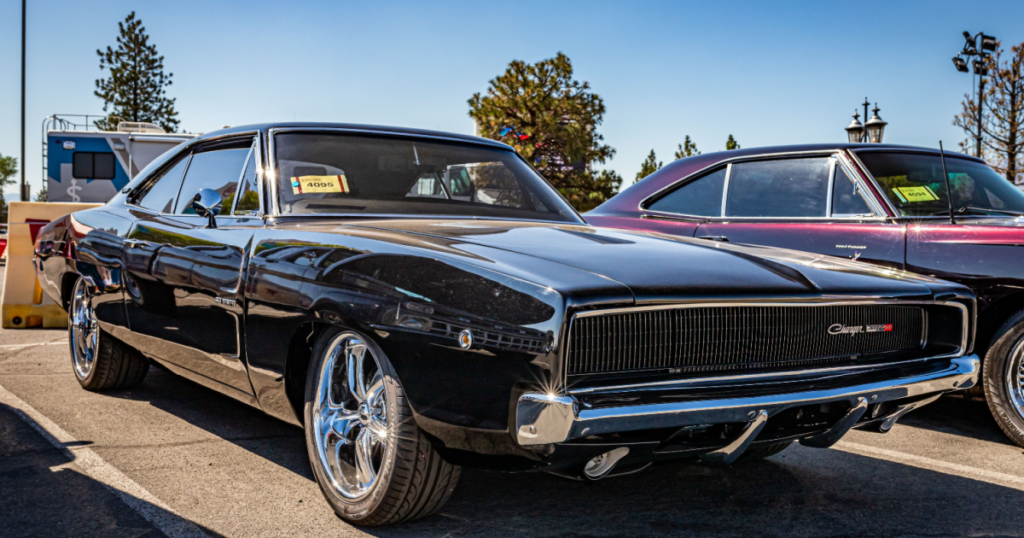
The 1968 Dodge Charger introduced the now-famous Coke-bottle design, which became one of the most recognized and admired shapes in the muscle car world. This generation also featured hidden headlights and a full-width grille, giving the Charger a menacing look that matched its performance capabilities. The second-generation Charger solidified its place in popular culture, especially with its starring role in movies like Bullitt.
1969 Charger Daytona Release
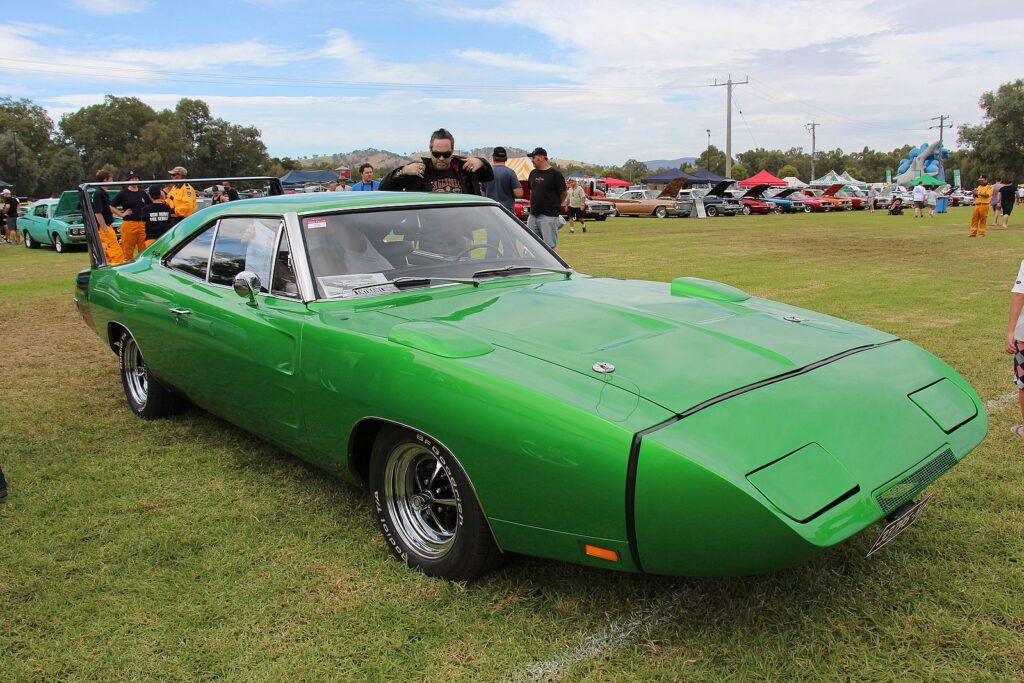
The 1969 Charger Daytona was a game-changer in the world of NASCAR. Designed to dominate the high-speed oval tracks, the Daytona featured a massive rear wing and aerodynamic nose cone, which helped it become the first car to break the 200 mph barrier on a closed course. The Daytona’s success on the track translated to street cred, making it one of the most sought-after and collectible Chargers ever produced.
1970 Charger R/T HEMI’s Peak Performance
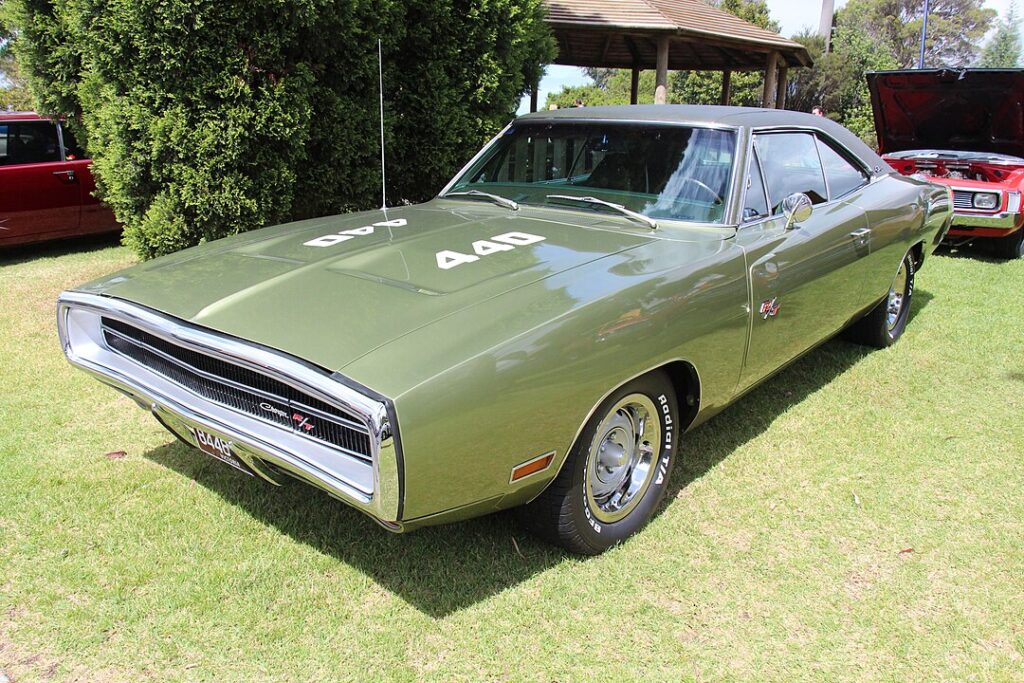
In 1970, the Dodge Charger R/T with the 426 HEMI engine represented the peak of muscle car performance. With 425 horsepower under the hood, the R/T HEMI became a symbol of raw American power, capable of taking on anything that came its way. This model is revered by enthusiasts for its combination of classic styling and blistering performance, making it a defining moment in the Charger’s history.
1971 Introduction of the Third Generation

The 1971 Charger marked the introduction of the third generation, bringing a more refined and aerodynamic design to the table. The Charger adapted to the changing automotive landscape by offering a blend of performance and comfort. While it still packed a punch under the hood with engines like the 440 Six Pack, the focus began to shift towards a more well-rounded driving experience, reflecting the broader market trends.
1973 Shift to a Personal Luxury Car
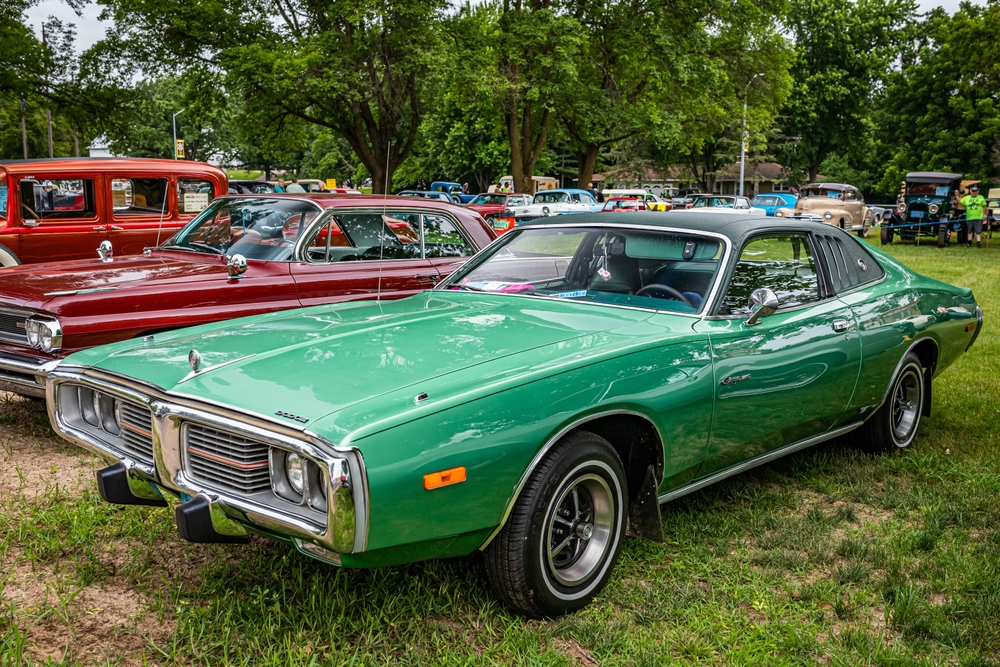
The 1973 Dodge Charger signaled a significant shift in direction, as the model moved towards the personal luxury car market. This change was largely driven by the oil crisis, which prompted a focus on comfort and fuel efficiency over raw performance. The Charger’s design became more conservative, with a greater emphasis on interior luxury features, marking a departure from its muscle car roots.
1975 End of the HEMI Era
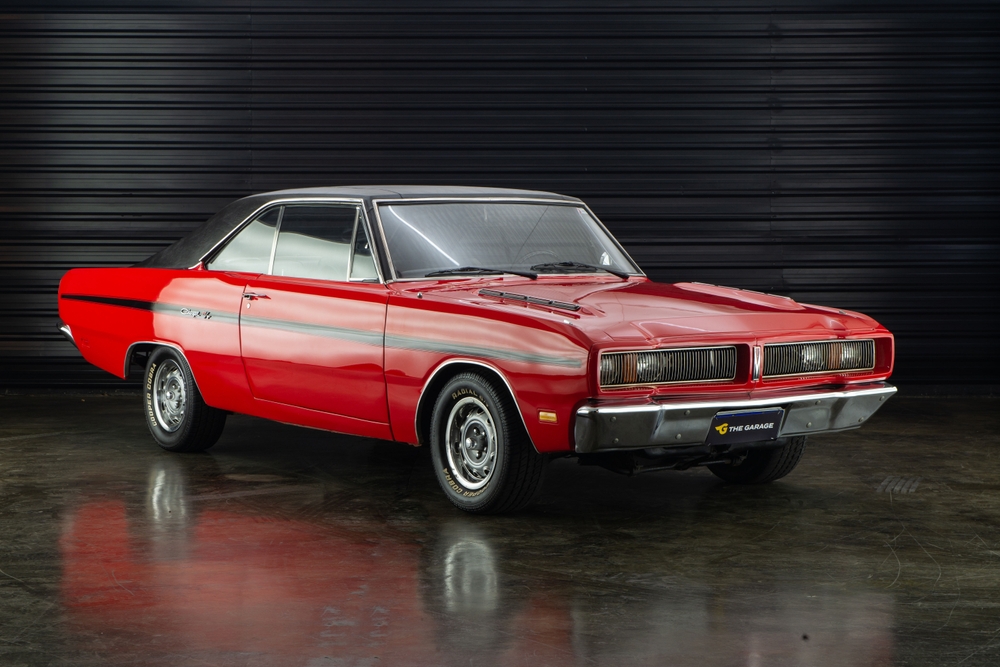
The discontinuation of the 426 HEMI engine in 1975 marked the end of an era for the Dodge Charger. As emission regulations tightened and the demand for high-performance engines waned, Dodge phased out the HEMI, reflecting the broader industry trends. This moment symbolized the closing chapter of the original muscle car era, as the Charger continued to evolve into a different kind of vehicle.
1987 Discontinuation of the Charger

The discontinuation of the Dodge Charger in 1987 brought an end to the nameplate for nearly two decades. The decision to retire the Charger reflected the changing automotive landscape, where performance cars were becoming less of a priority. This hiatus marked a period of reflection for Dodge, as they prepared to reintroduce the Charger to a new generation of car enthusiasts in the years to come.
2006 Rebirth of the Charger as a Full-Size Sedan

The Dodge Charger made a triumphant return in 2006 as a full-size, rear-wheel-drive sedan. Blending modern styling with cues from its muscle car heritage, the new Charger offered a range of powerful engine options, including the 5.7-liter HEMI V8. This rebirth redefined the Charger as a performance-oriented sedan, appealing to both muscle car enthusiasts and those looking for a stylish, powerful family car.
2008 Introduction of the Charger SRT8
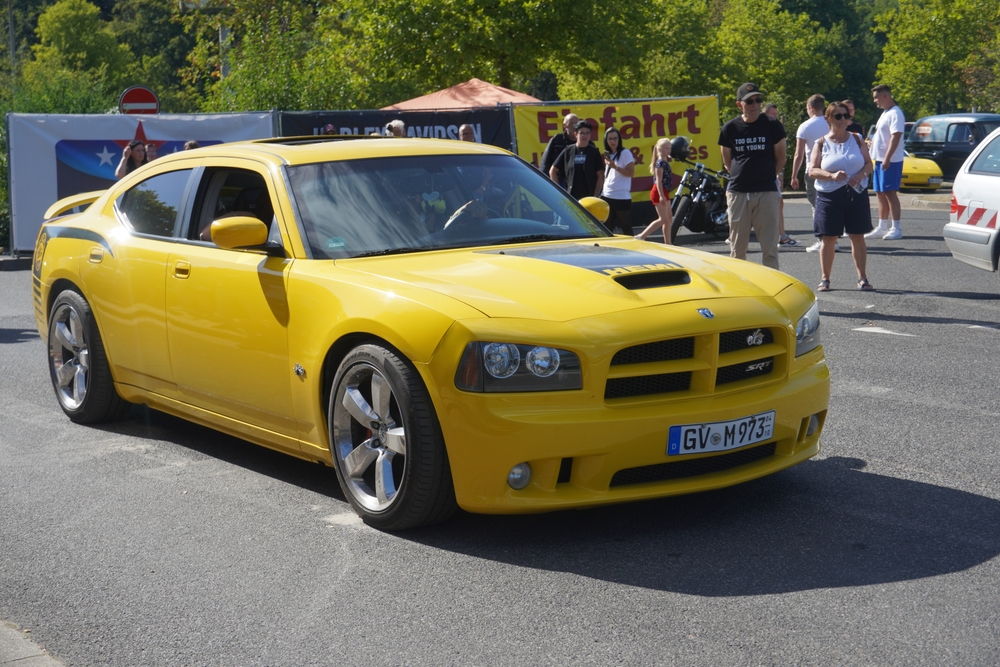
The 2008 Charger SRT8 brought back the performance pedigree with a 6.1-liter HEMI V8 engine, delivering 425 horsepower. This high-performance variant of the Charger was a direct nod to its muscle car roots, offering modern technology and performance in a four-door package. The SRT8 helped re-establish the Charger as a serious contender in the performance sedan market.
2011 Redesign and Return to Retro Styling
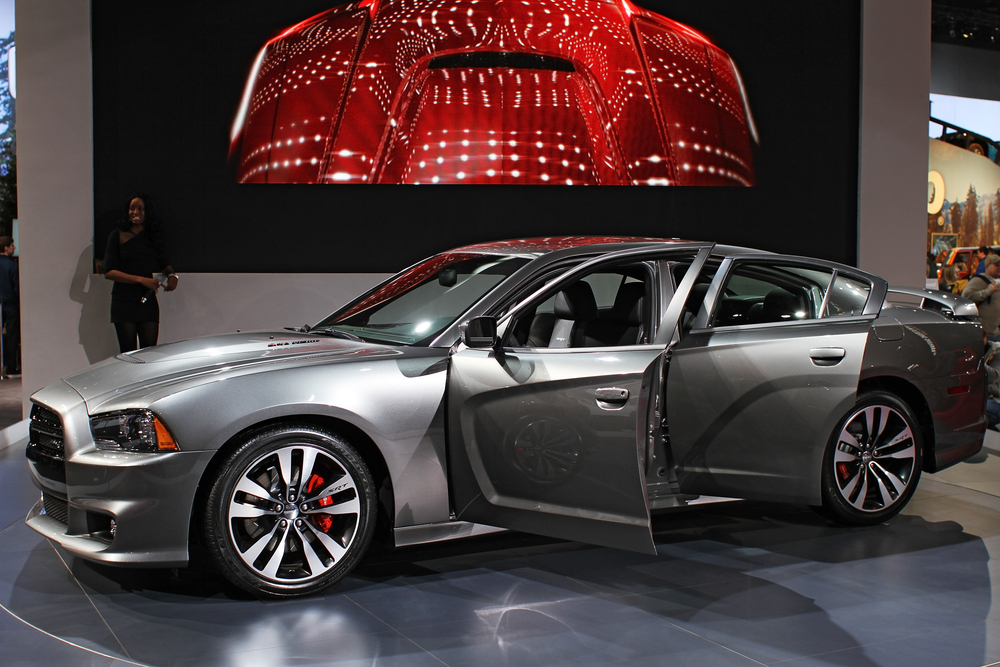
In 2011, the Dodge Charger underwent a significant redesign, incorporating elements from the classic 1968 model, such as the full-width taillight and sculpted body lines. This retro-inspired design reignited interest in the Charger, appealing to both longtime fans and new buyers. The 2011 model successfully bridged the gap between the Charger’s storied past and its modern evolution, making it a key moment in its history.
2012 Introduction of the Super Bee Package
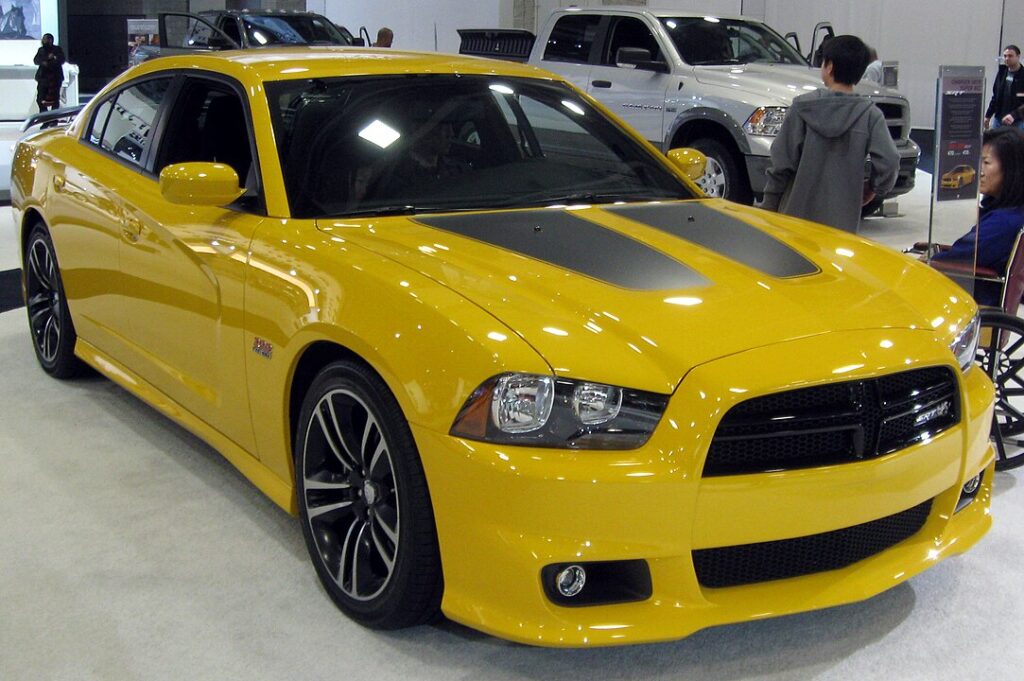
The Super Bee package made a comeback in 2012, offering a performance-oriented variant of the Charger SRT8. With its distinctive graphics, unique badging, and track-tuned suspension, the Super Bee was a throwback to the high-performance models of the late 1960s and early 1970s. This package catered to enthusiasts looking for a modern muscle car with a direct link to the Charger’s heritage.
2015 Charger SRT Hellcat Debut

The 2015 Dodge Charger SRT Hellcat redefined what a modern muscle car could be, with a supercharged 6.2-liter HEMI V8 engine producing a staggering 707 horsepower. This made the Hellcat the most powerful production sedan in the world at the time, and it quickly became a legend in its own right. The Hellcat’s performance, combined with its aggressive styling, made it a defining moment in the Charger’s ongoing evolution.
2017 Introduction of the Charger Daytona
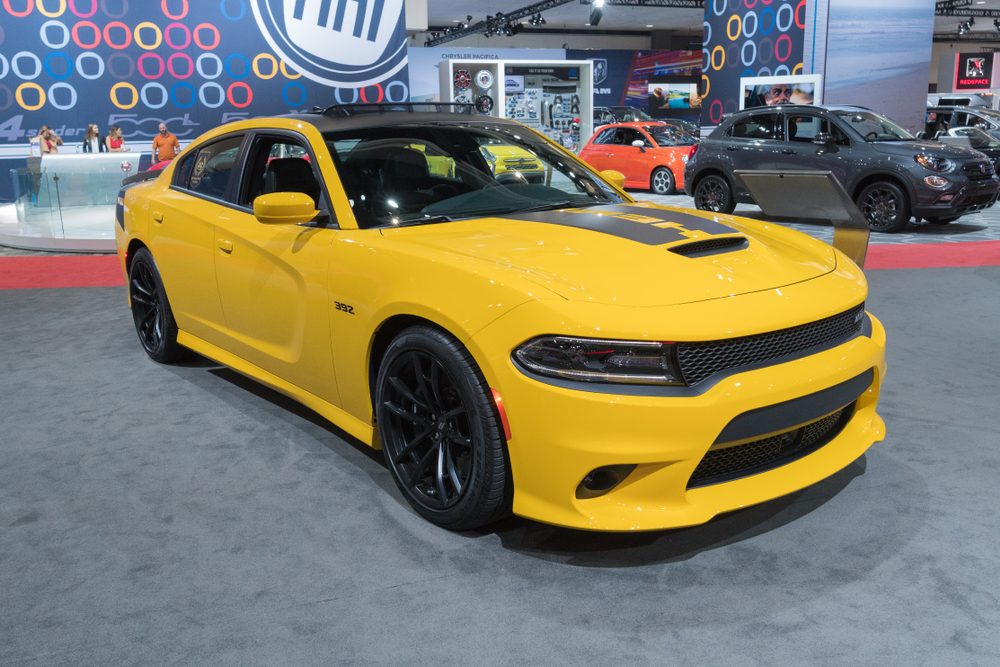
The Charger Daytona name was revived in 2017, paying homage to the original 1969 Daytona with modern performance enhancements. Featuring a 5.7-liter HEMI V8 engine and unique aerodynamic enhancements, the 2017 Daytona offered a blend of style and performance that resonated with both nostalgic fans and new buyers. This revival was a reminder of the Charger’s storied past and its enduring appeal.
2019 Widebody Package Introduction

In 2019, Dodge introduced the Widebody package for the Charger, enhancing its performance and giving it a more aggressive stance. The wider fenders allowed for larger wheels and tires, improving grip and handling, particularly on the track. This package emphasized the Charger’s capabilities as a performance sedan, while also giving it a more muscular and commanding presence on the road.
2020 Charger SRT Hellcat Redeye Launch
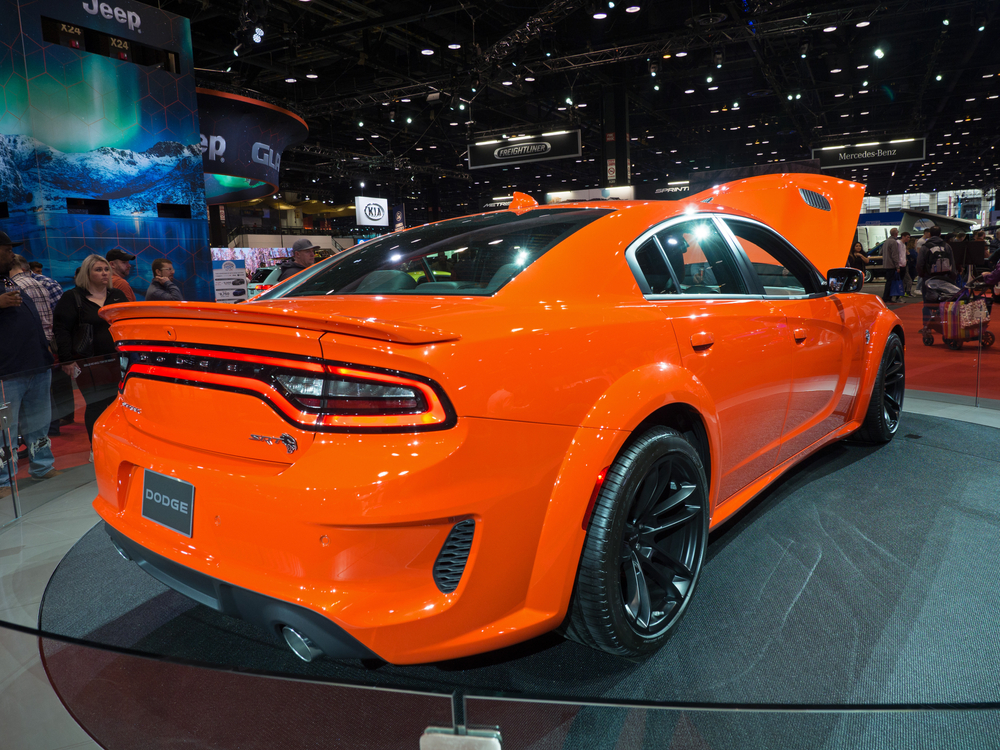
The 2020 Charger SRT Hellcat Redeye took performance to an even higher level, with a 797-horsepower version of the supercharged HEMI V8 engine. This made the Redeye the most powerful production sedan ever, further solidifying the Charger’s reputation as a modern muscle car icon. The Hellcat Redeye represented the pinnacle of the Charger’s performance evolution, pushing the boundaries of what a four-door sedan could achieve.
2021 Introduction of the Charger GT AWD
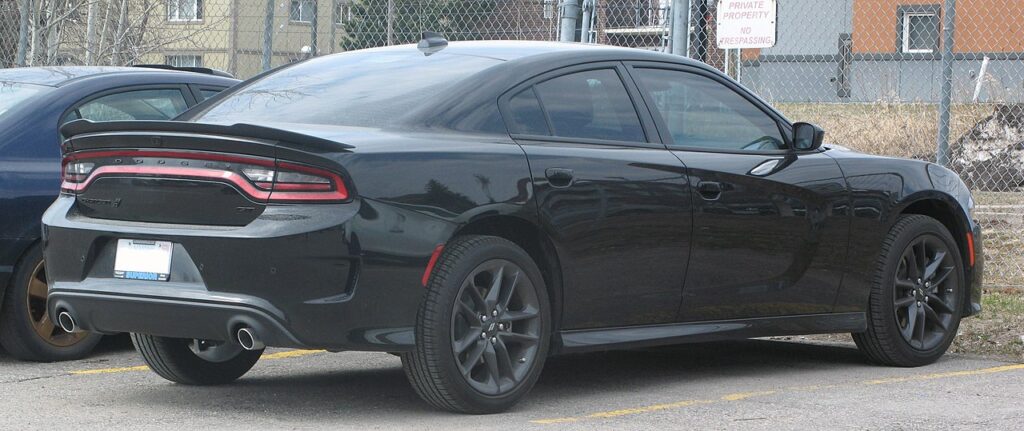
The 2021 Charger GT AWD brought all-wheel drive to the Charger lineup, enhancing its year-round drivability and appeal in regions with harsh weather conditions. This model combined the practicality of all-wheel drive with the performance and styling that Charger fans expected, making it a versatile option for those who wanted both performance and capability in their sedan.
2023 Charger Daytona EV Concept Unveiled
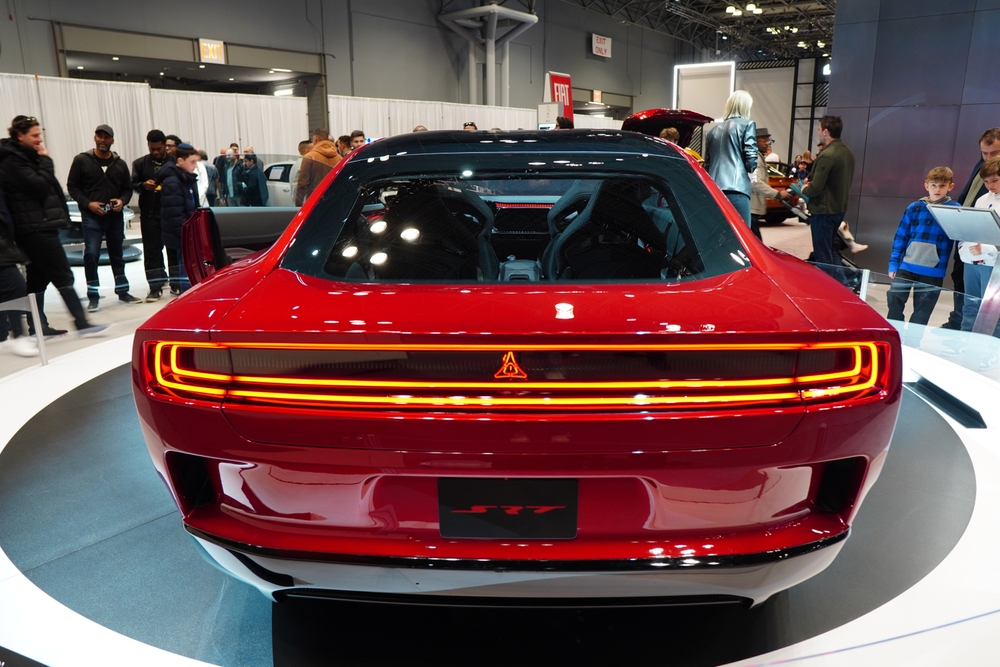
The 2023 Charger Daytona EV concept marked Dodge’s first foray into the electric vehicle market while retaining the performance and aggressive styling that the Charger name is known for. This concept car featured a sleek, futuristic design and advanced electric powertrain technology, signaling a shift towards electrification without compromising on the Charger’s performance legacy. The Daytona EV concept represented the future of the Charger in an increasingly electrified automotive landscape.
This article originally appeared in MyCarMakesNoise.
More from MyCarMakesNoise
25 Low-Maintenance New Cars You Should Consider

Finding a new car that won’t drain your wallet with high maintenance costs is a top priority for many buyers. In this list, we’ve compiled 25 of the best new cars known for their low-cost upkeep, reliability, and overall affordability. Read More
17 Unbelievable Engineering Feats in Submarine History

Submarines have fascinated us for over a century with their incredible feats of engineering. From the early prototypes to today’s advanced underwater vessels, the innovations in submarine technology have been nothing short of remarkable. Read More
15 Airliners That Failed to Make an Impact

Commercial aviation has seen its share of triumphs and tribulations. While some airliners revolutionized air travel, others failed to leave a mark. Read More


